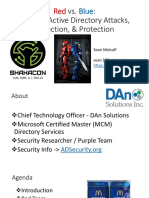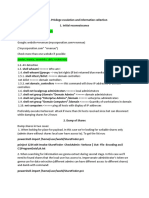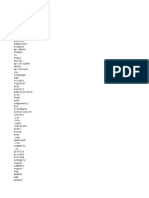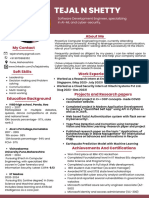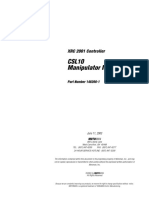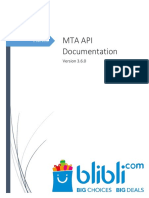0% found this document useful (0 votes)
25 views12 pagesTactics, Techniques, and Procedures
This report details the tactics, techniques, and procedures (TTPs) used in credential dumping, process hollowing, and process injection, mapping them to the MITRE ATT&CK framework. It outlines various methods and tools for extracting sensitive information, such as passwords and hashes, from systems and Active Directory. Additionally, it provides mitigation strategies and detection methods to combat these attacks and enhance security measures.
Uploaded by
Tushar JadhavCopyright
© © All Rights Reserved
We take content rights seriously. If you suspect this is your content, claim it here.
Available Formats
Download as PDF, TXT or read online on Scribd
0% found this document useful (0 votes)
25 views12 pagesTactics, Techniques, and Procedures
This report details the tactics, techniques, and procedures (TTPs) used in credential dumping, process hollowing, and process injection, mapping them to the MITRE ATT&CK framework. It outlines various methods and tools for extracting sensitive information, such as passwords and hashes, from systems and Active Directory. Additionally, it provides mitigation strategies and detection methods to combat these attacks and enhance security measures.
Uploaded by
Tushar JadhavCopyright
© © All Rights Reserved
We take content rights seriously. If you suspect this is your content, claim it here.
Available Formats
Download as PDF, TXT or read online on Scribd
/ 12
















